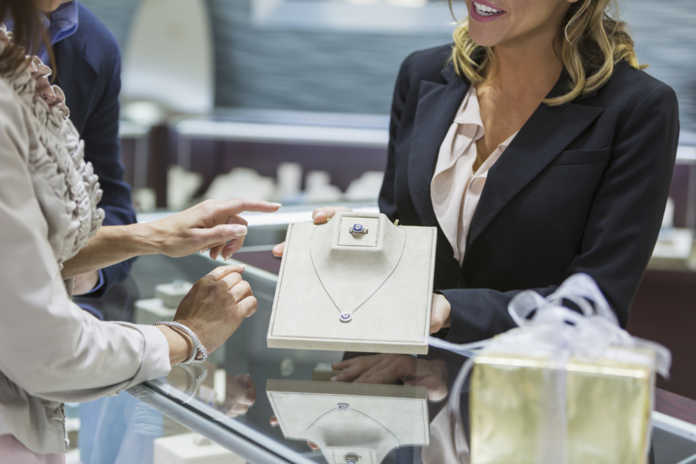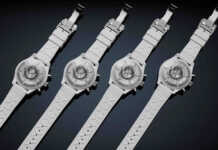
By Katie Fiore, Forbes
There is a lot of talk about the ‘retail apocalypse’ and how traditional retailers are being destroyed by the shift to online. The reality is that shoppers are still shopping, however their discretionary spending is pulled in new and different ways.
Retail sales across channels, including brick-and-mortar, continue to grow. However, that growth is being driven by premium and value-based retailers, with mid-priced retailers reporting flat growth and store closures. Retail isn’t being destroyed, but is in the process of being redefined. How retailers decide to define themselves will determine if we’ll see them on the other side.
Moving the henhouse into the fox’s garden.
To help maintain their competitive edge, retailers are ramping up their use of in-store technology to meet their customer service needs and push their customers to buy more online. Consumers expect seamless experiences, and automation means retailers can reduce their workforce in order to defend ever-shrinking margins. It’s a win-win, right?
The unfortunate reality is that retail’s use of technology is backfiring. Instead of keeping their customers loyal and buying direct, it pushes them directly into Amazon’s territory. And once shoppers start buying from Amazon, they usually don’t come back.
Data and solid analysis comprise the foundation of any successful business today. But they only get you so far. They illuminate correlations in behaviours, however not the causes behind the behaviours. Understanding the ‘why’ – the motivations behind behaviours – requires stepping out of your office and into your consumer’s world. Only then will you be able to craft strategies that speak directly to your consumers’ needs, including the unarticulated ones.
We explored several mid- and value-priced retailers to gain insights into their customers’ motivations, challenges, and aspirations. What we found was eye-opening.
Sales associates have been replaced by technology
Signage and visual cues are frequent and prominent, pushing shoppers to use their phones for assistance or to check out. Requests to associates for help are addressed via referral to a digital device or the customer service desk. Employees stock shelves or ring up purchases, and they are unable to assist shoppers.
Lack of human oversight is apparent
Merchandise waiting to be restocked is piled high in shopping carts, on check-out tables, and on the racks themselves. Technology that’s supposed to make everyone’s lives easier is frequently broken, unusable, and ignored.
In-store experiences don’t encourage return visits.
Digital shoppers are accustomed to streamlined, curated experiences that are frictionless from start to finish. People’s in-store experiences have been rife with hurdles, disappointments, and distractions that had to be overcome in order to transact.
In one trip, we came across a display of ice cream makers. None of the boxes were marked with a price, so we flagged down a passing store associate, who told us that normally we could use a price scanner, but the one nearby was broken. She directed us to customer service – halfway across the store – to ask them to scan it for us. The customer service rep was able to tell us the price, however couldn’t answer our questions about how the product actually worked. She told us to find answers to our questions online. We quickly found the product on our phones, and also found universal, overwhelmingly-negative reviews of a product that didn’t actually work. The box went back on the shelf and we left the store empty-handed and disappointed.
Our in-store shopping experience was the antithesis of online. It required multiple steps that failed us at every point of engagement. We had no desire to return and experience in-store shopping again when we could shop so much more easily online.
Use your physical locations to delight customers, not alienate them
Your store’s experience is likely designed to maximize sales per square foot. Imagine if instead you designed an in-store experience from a place of love? Remember: Your customers shop in-store because they want to, not because they have to.
How loyal would your customer be to your brand if they walked into a store that welcomed, surprised, and delighted them? One that made their life easier and made them feel loved? What would that look like for your brand? Even if brick-and-mortar’s ultimate role is as a feeder for online, you need to do everything you can to protect that direct line, so you don’t lose your customers to Amazon.
Who’s doing it right? Consider Sephora and Athleta. Customers are made to feel welcome and associates help them shop. Or the Apple Store, which is a giant showroom where customers are personally guided through purchases (essentially the same process that happens online). Rather than joining the low-price race to the bottom, these retailers are continuing to give their customers experiences that keep them loyal and buying direct.
The aggressive in-store push to online combined with unsatisfying in-store experiences leave customers at greater risk of being poached by Amazon. And once customers are lost to Amazon, it’s unlikely they will return to shop in-store.
Now more than ever, retailers need to connect their customers with their unique brand promise, give them reason to remain loyal, and deliver in ways that online shopping can’t.
















